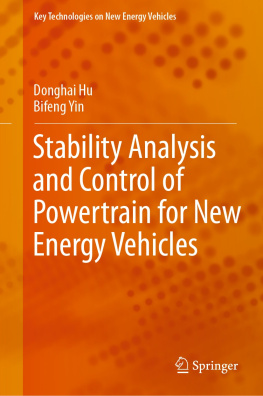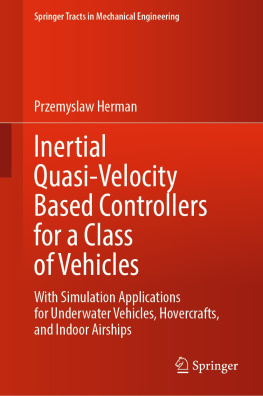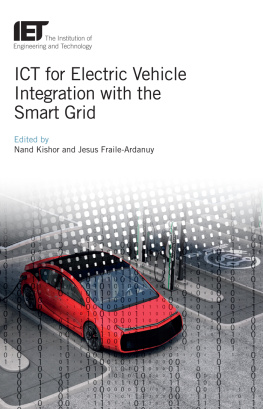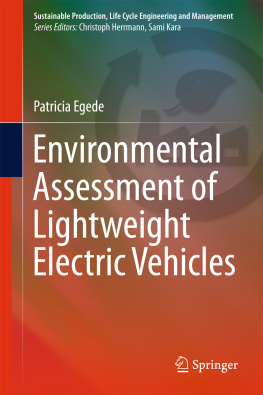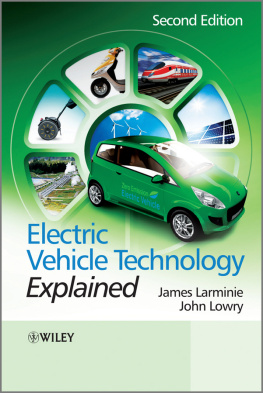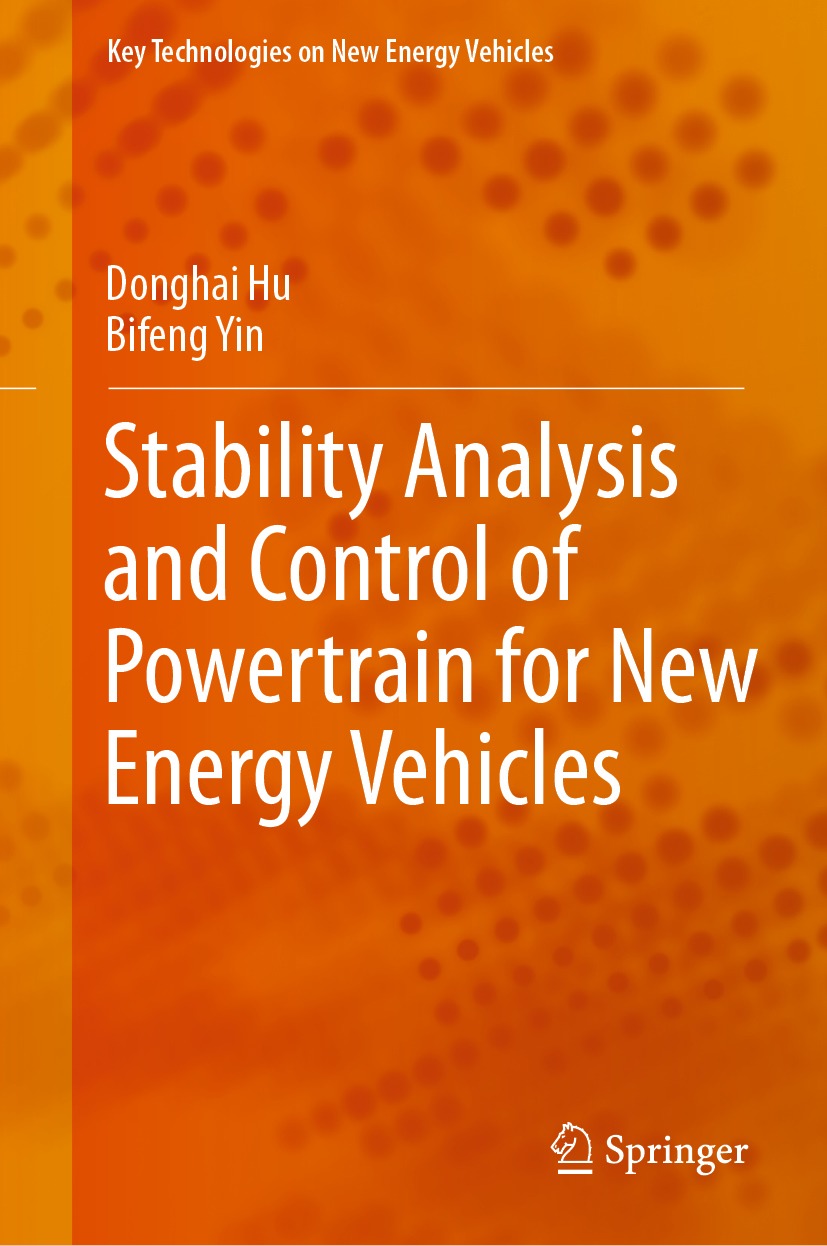Key Technologies on New Energy Vehicles publishes the latest developments in new energy vehicles - quickly, informally and with high quality. The intent is to cover all the main branches of new energy vehicles, both theoretical and applied, including but not limited:
Control Technology of Driving System
Hybrid Electric Vehicle Coupling Technology
Cross Disciplinary design optimization technology
Single and Group Battery Technology
Energy Management Technology
Lightweight Technology
New Energy Materials and Device
Internet of Things (IoT)
Cloud Computing
3D Printing
Virtual Reality Technologies
Within the scopes of the series are monographs, professional books or graduate textbooks, edited volumes, and reference works purposely devoted to support education in related areas at the graduate and post-graduate levels.
To submit a proposal or request further information, please contact:
Dr. Mengchu Huang, Senior Editor, Applied Sciences
Email: mengchu.huang@springer.com
Tel: +86-21-2422 5094
More information about this series at http://www.springer.com/series/16377
Donghai Hu
School of Automotive and Traffic Engineering, Jiangsu University, Zhenjiang, Jiangsu, China
Bifeng Yin
School of Automotive and Traffic Engineering, Jiangsu University, Zhenjiang, Jiangsu, China
ISSN 2662-2920 e-ISSN 2662-2939
Key Technologies on New Energy Vehicles
ISBN 978-981-16-5050-5 e-ISBN 978-981-16-5051-2
https://doi.org/10.1007/978-981-16-5051-2
The Editor(s) (if applicable) and The Author(s), under exclusive license to Springer Nature Singapore Pte Ltd. 2022
This work is subject to copyright. All rights are solely and exclusively licensed by the Publisher, whether the whole or part of the material is concerned, specifically the rights of translation, reprinting, reuse of illustrations, recitation, broadcasting, reproduction on microfilms or in any other physical way, and transmission or information storage and retrieval, electronic adaptation, computer software, or by similar or dissimilar methodology now known or hereafter developed.
The use of general descriptive names, registered names, trademarks, service marks, etc. in this publication does not imply, even in the absence of a specific statement, that such names are exempt from the relevant protective laws and regulations and therefore free for general use.
The publisher, the authors and the editors are safe to assume that the advice and information in this book are believed to be true and accurate at the date of publication. Neither the publisher nor the authors or the editors give a warranty, expressed or implied, with respect to the material contained herein or for any errors or omissions that may have been made. The publisher remains neutral with regard to jurisdictional claims in published maps and institutional affiliations.
This Springer imprint is published by the registered company Springer Nature Singapore Pte Ltd.
The registered company address is: 152 Beach Road, #21-01/04 Gateway East, Singapore 189721, Singapore
Preface
As a researcher in the field of new energy vehicles, I have frequently felt that we need a monograph which gives the optimization way of the control strategy and control method for the new energy vehicle powertrain from the perspective of dynamics. Although there are already some textbooks about new energy vehicles on the market, they cannot meet all the needs of automotive engineers or university researchers. Models in the book must be simple enough to optimize the control strategy and control method of the new energy vehicle powertrain from the engineering perspective, but at the same time rich enough to capture the basic characteristics of the nonlinear dynamic behavior of the new energy vehicle powertrain system from an academic perspective.
This book consists of two parts, which respectively introduce the application of nonlinear dynamics theory on the stability analysis and control of the powertrain of electric vehicles (EVs) and hybrid electric vehicles (HEVs). We know that nonlinear dynamics is a very useful and obscure subject for automotive engineers or university researchers, so every important knowledge point of nonlinear dynamics theory in the book corresponds to a detailed derivation process. In order to help readers deepen their understanding on the application of the multi-scale method, Lyapunov method, Melnikov method, bifurcation theory and other methods in nonlinear dynamics theory, the book clearly constructs the nonlinear dynamics model of the new energy vehicle powertrain and uses nonlinear dynamics theory to perform qualitative analysis and quantitative calculation of the model. The theoretical analysis results are used to guide the optimization of control strategies and control methods. In the end of each chapter, we have corresponding simulations or experiments to verify the effectiveness of the proposed optimization method. The cases involved in the book are carefully selected by the author in engineering applications. We hope that such cases can provide readers with some guidance when dealing with the nonlinear dynamics of new energy vehicles in the future.
Donghai Hu
Zhenjiang, Jiangsu, China

